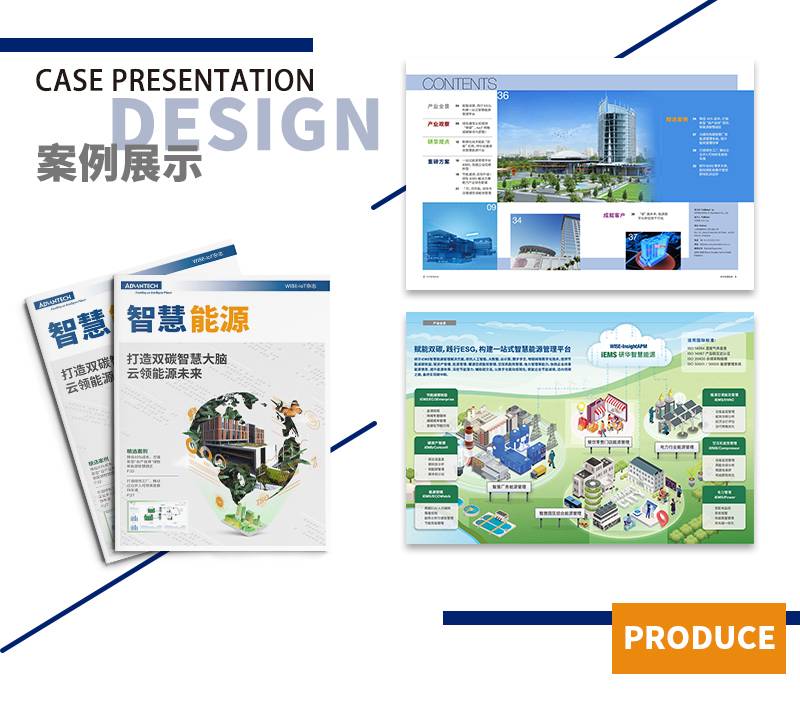The perfect combination of text and pictures: Layout Skills in Album Design
In the design of the album, we usually use a lot of layout techniques to achieve the perfect combination of text and picture. These techniques not only make the work more attractive, but also help to convey the message and make it clear to the reader.
First of all, let's talk about what are the common layout skills in album design.
Grid System
The use of grid system in the design of albums is a very effective layout technique. The grid system divides the design layout into multiple grids, which can help the designer to organize the layout and ensure the proper scale of each element. A clear grid system can make text and picture on the layout of a good visual relationship. In grid design, images and text can be placed across one or more cells, but the overall layout is clear and organized.
Alignment (alignment)
Proper alignment of text and pictures helps to enhance the overall beauty of the album. For example, select Left, Right, Center, or Align. Different alignments enhance the layout and visual level of the album.
trapezoidal layout
Trapezoidal layout is based on text and image size ordering, using visual hierarchy to create dynamic layout. When used in a zone, the trapezoidal layout helps to emphasize the theme picture while arranging the relevant elements. This layout is suitable for pages that require intense visual impact and direct vision.
Active white space
White space, also known as white space or negative space, is a crucial element in layout design. An ideal album layout should strike a balance between text, pictures and space, allowing enough space to make the album look more concise and generous, while avoiding visual noise.

Next, let's look at how to use these layout techniques in the printing process.
Font: In the same album design, attention should be paid to the use of more than one typeface, in order to strengthen the sense of visual hierarchy. At the same time, the choice of bold title fonts and good readability text fonts can also make the album more compelling. In the printing equipment, the use of characteristic printing technology such as indentation, bumping, etc. can further increase the stereoscopic feeling and texture of the font.
Layout: In album design, images usually attract people's attention more easily than words. Therefore, the designer needs to make full use of the visual effect of the picture, and maintain the harmonious balance between the picture and the text, so as not to take away the property that the text should have. In the printing process, you can use UV, frosting, overgluing and other surface treatment processes to improve the visual quality of the album.
Materials and Colors: In album design, the choice of material and color is crucial to the perfect combination of text and picture. Choosing the paper and the finishing method that is in harmony with the theme can further enhance the design effect of the album; Precise control of color during printing is also crucial, and good color reproduction can make the image and text more closely linked, enhancing the overall quality of the album.
Finally, it is worth mentioning that the album design and printing market is increasingly pursuing innovation and environmental protection globally. Green printing materials, environmental-friendly inks or paper, when printing albums, pose new challenges to designers' layout skills, and better comply with design principles on the basis of ecological tolerance and environmental protection concepts.
In summary, through layout techniques such as grid systems, alignment, trapezoidal layout and reasonable white space, combined with innovative materials in printing and highly restored colors, we can achievealbum designThe perfect combination of Chinese characters and pictures presents a highly attractive and conveying work.
Recommended Reading:
Decorative Effect and Application of Hot Stamping Technology in Printing
On the Combination and Innovation of Network Printing and Traditional Printing Production
New Chapter in Print Production Services: The Rise of Short Print



